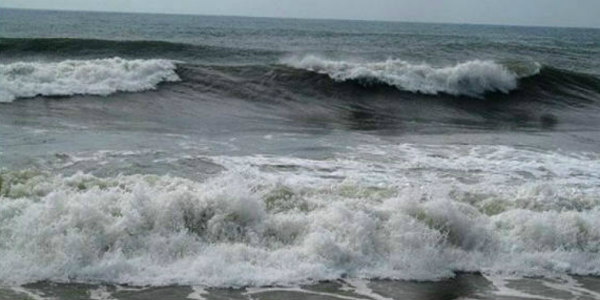
Storms also known as Cyclones form over the oceans. From January to March, it is only Southern Hemisphere that sees storms. April sees storms on both the hemispheres. Thereafter, it is the Northern Hemisphere where storms make their grand entrance.
The formation of Cyclonic storms is linked to sun position. Now, the sun is over the Southern Hemisphere due to which Cyclones are developing over that region.
ITCZ and Favourable Conditions for Cyclone Formation
Disturbances develop in the Inter Tropical Convergence Zone (ITCZ). ITCZ is a belt of convective clouds which oscillates with the position of the sun. ITCZ shifts as location of the storms shift.
Whatever disturbances originate, all do not become cyclones. Only 60 percent become more marked and become depressions or storms. The other 40 percent fizzle out as they do not get favourable conditions.
The Sea Surface Temperatures should be 27 degrees or more as 27 degrees is the threshold. Even though disturbances form, if heat content and other conditions are not favourable, they do not sustain.
In addition to Surface conditions, atmospheric conditions matter including the wind sheer. Both surface and atmospheric conditions are necessary to be favourable for the storm to sustain.
While Cyclones do occur in the oceans. there is an exception as Southeast Pacific Ocean and South Atlantic Ocean do not see storms as favourable conditions are never present in these oceans. Moreover, the ITCZ does not reach South Atlantic Ocean.
Also Read: Rare South Atlantic Tropical Storm Iba develops off the coast of Brazil
Storm Season for Northern Hemisphere
For the Northern Hemisphere, we are entering a storm season including the Indian seas. The Hurricane season begins on May 1 and lasts until November while Typhoon season begins on April 1 lasting until the same time. In a nutshell, Cyclone season will begin for the Northern Hemisphere now.
Also Read: Tropical Storm Veronica hits Port Hedland, lashes Australia with heavy rains
Percentage of Storms in Oceans across the Globe
Maximum storms form over the western parts of North Pacific Ocean with the percentage being about 30 percent, North Indian Ocean sees 15 percent storms, South Indian Ocean sees 14 percent, Western Atlantic has 12 percent storms, Eastern region of North Pacific Ocean sees 11 percent, South Pacific Ocean also sees 11 percent storms. Around Sea of Australia, the storm formation probability is 7 percent.
Characteristics of Cyclones
Cyclones do not form do not form around 5 degrees north or south of Equator and cyclones and do not even cross the equator.
Bigger Storms which form, the gale wind affect area goes beyond 500 km.
There are some smaller storms, which only cover an area of less than 100 km.
The eye of the storm can be as small of 10 km and as big as 50 km and beyond. The smaller the eye, the more intense the storm is.
Cyclones in Indian Seas
In the Indian seas, Cyclones are common in May in both the Bay of Bengal as well as Arabian Sea, but the frequency is much higher over the Bay of Bengal.
The names of the Cyclones are given by eight countries including Bangladesh, India, Maldives, Pakistan, Sri Lanka, Myanmar, Oman, and Thailand.
For India, the biggest was the Odisha Super Cyclone in 1999 on record, while the smallest in size was Ogni, both these storms had formed in the Bay of Bengal.
Image Credit: wikipedia
Please Note: Any information picked from here must be attributed to skymetweather.com


